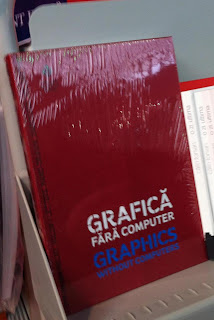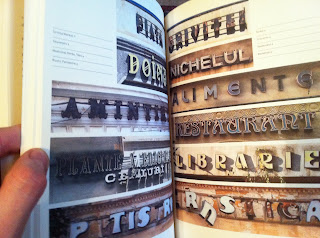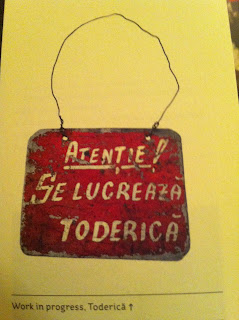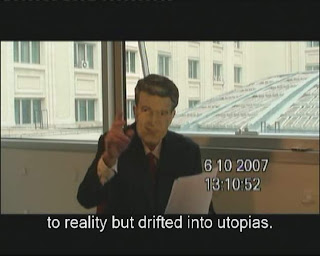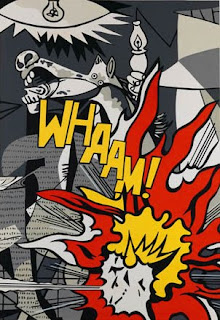Iron Curtain Graphics is a beautiful volume edited by the Atelierul de Grafica and published by the prestigious publishing house Gestalten. The volume presents communist posters and has four sections: Propaganda, Labour Safety, Culture & Entertainment, Education & Science. I wrote one of the introductory texts called “Invisible daily propaganda. The template for uniform thought” that states how this type of propaganda tool was useless as all the posters and images became invisible for the majority of citizens. The intention of the authors of the project, Ciprian Isac and Carla Duschka, was to safeguard these images from total erasure and oblivion. A series of interesting details came up while writing the text for this book: the details of the communist décor are still present while being invisible. These details of the bygone epoch still present were accompanied by a “double life” people had – an official one and a private, personal one. The involuntary comicality of some of the labour safety enouncements makes propaganda even more ridiculous than it appeared at the time. The aesthetic value of these signs of the still present past is certain and merits to be saved, documented, showed.
The volume can be bought on the website of Gestalten or in Bucharest at the Bookstore Carturesti.














